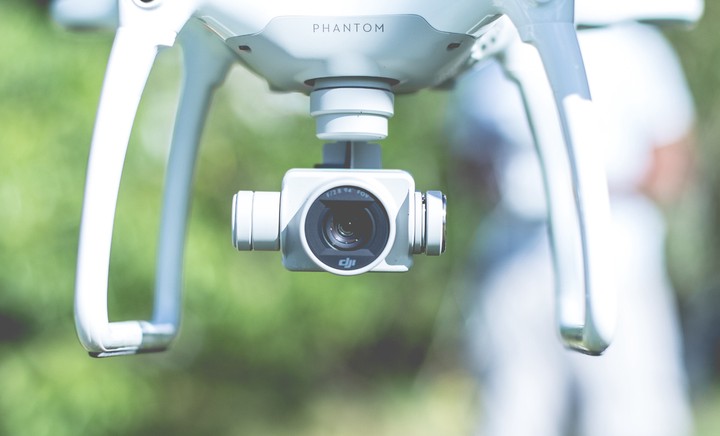 Image credit: Unsplash
Image credit: Unsplash
Abstract
The standard approach to indirect inference estimation considers that the auxiliary parameters, which carry the identifying information about the structural parameters of interest, are obtained from some recently identified vector of estimating equations. In contrast to this standard interpretation, we demonstrate that the case of overidentified auxiliary parameters is both possible, and, indeed, more commonly encountered than one may initially realize. We then revisit the “moment matching” and “parameter matching” versions of indirect inference in this context and devise efficient estimation strategies in this more general framework. Perhaps surprisingly, we demonstrate that if one were to consider the naive choice of an efficient Generalized Method of Moments (GMM)-based estimator for the auxiliary parameters, the resulting indirect inference estimators would be inefficient. In this general context, we demonstrate that efficient indirect inference estimation actually requires a two-step estimation procedure, whereby the goal of the first step is to obtain an efficient version of the auxiliary model. These two-step estimators are presented both within the context of moment matching and parameter matching.